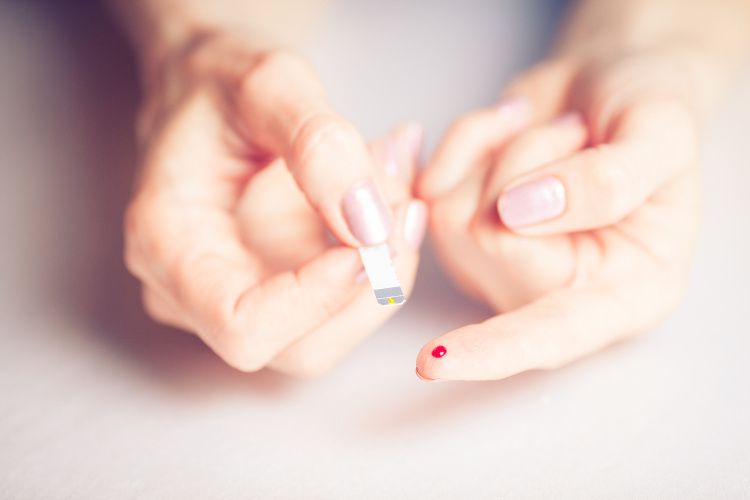Abstract
Vitamin E is one of the most popular fat-soluble vitamins in pathological research and has been under scrutiny since the 1980s as a vital dietary component of food. The antioxidant effect of vitamin E has been widely studied due to its benefits in the prevention of various cardiovascular diseases. In recent years, alternative effects of vitamin E, in terms of anti-inflammatory pathways and gene regulation, have also been of interest to researchers. This review examines the role of dietary vitamin E (α-tocopherol) as an antioxidant and bioactive molecule in promoting vascular health. While the antioxidant effect of vitamin E is well established, knowledge about its capacity as a promising regulatory molecule in the control of the vascular system is limited. The aim of this review is to discuss some of these mechanisms and summarize their role in the prevention of cardiovascular diseases (CVD). Here, we also briefly discuss foods rich in vitamin E, and deliberate some potential toxicological effects of excessive supplemental vitamin E in the body.
Read More

